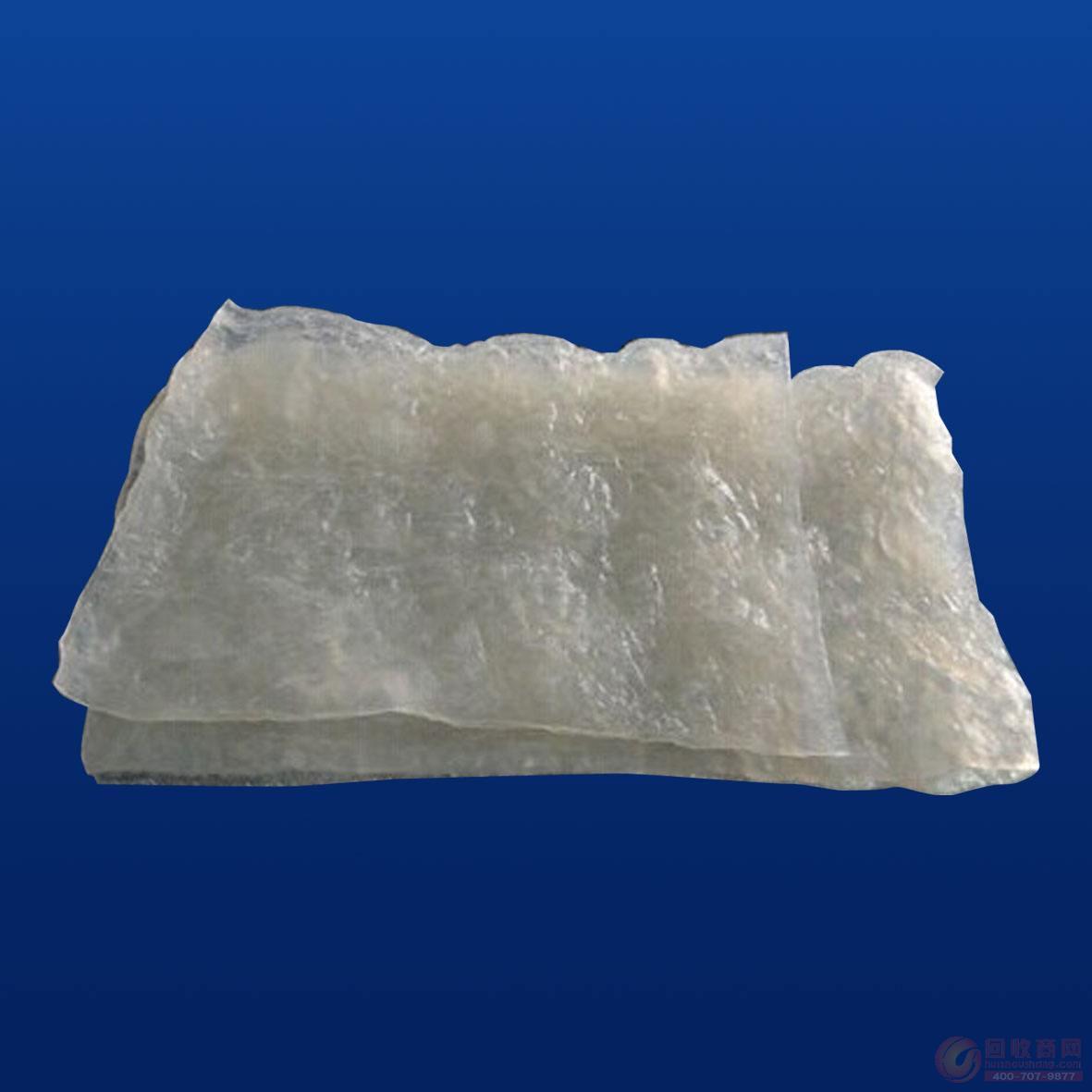one. Definition of mastication The process of transforming a rubber from a tough, highly elastic state to a soft, plastic state by mechanical stress, heat, oxygen, or the addition of certain chemical agents. Plasticity (plasticity): After the rubber is deformed, it cannot return to its original state, or maintain its outward appearance. two. The purpose and requirements of mastication 1. Purpose of mastication Reduces elasticity, improves plasticity; reduces viscosity; improves mobility; improves compound solubility and form adhesion. 2. Quality requirements for plastic compounding (1) Plasticity should be appropriate The processing technology requirements should be met, and on this basis, there should be minimal plasticity. Excessive mastication reduces the strength, elasticity, wear resistance, etc. of the vulcanizate and increases power consumption. Molding degree: determined according to the process performance of the rubber compound and the performance of the product. For example, rubber compounds for glue, dipping, scraping, rubbing and sponge manufacturing require a higher degree of plasticity, and the degree of plasticizing of raw rubber is higher. For the molding compound, the plasticity is required to be small. General: plasticity of rubber hose outer layer: 0.3~0.35; Rubber inner layer glue: 0.25~0.3; Tread rubber: 0.22~0.24; The side rubber is about 0.35; Sponge glue 0.5~0.6 (2) Molding evenly three. Plasticizing method and principle of raw rubber (1) Plasticizing method (2) Principle of plasticating The molecular weight of raw rubber is closely related to plasticity. The smaller the molecular weight, the greater the plasticity. After mechanical mastication, the raw rubber has a lower molecular weight, a lower viscosity, and an increase in plasticity. It can be seen that the progress of plasticity in the plasticizing process is achieved by the reduction of molecular weight. 1. Mechanical mastication process mechanism At low temperature: the rubber macromolecular chain natural macromolecular free radicals are first cut under the action of mechanical force. (Mechanical forces cause chain breakage of rubber macromolecules, and oxygen acts as a free radical acceptor, acting as a blocker of free radicals.) At high temperatures: mechanical force cuts the probability of natural macromolecules of rubber macromolecules. Under the activation of mechanical force, the rubber macromolecule initiates the chain scission of the rubber macromolecule. (Mechanical forces act as stress activation, and oxygen acts as a free radical initiator, causing chain scission of rubber macromolecules.) Chain termination: Rubber hydroperoxide is unstable, decomposing large natural molecules, and the chain reaction is terminated. 2. Factors affecting mastication: (1) The role of mechanical force (2) The role of oxygen Experiments have shown that raw rubber combined with 0.03% oxygen can reduce the molecular weight by 50%; combined with 0.5% oxygen, the molecular weight is reduced from 100,000 to 5,000. During the plastic-plastic mastication, as the mastication time prolongs, the rubber mass and the content of acetone extracts (including oxygen compounds) increase continuously. It can be seen that oxygen has a certain additive effect with rubber molecules during the mastication process. The chemical reaction of rubber. (3) The effect of temperature There are two effects: low temperature zone (<110 °C), and the mastication effect decreases with increasing temperature. ——Mechanical force High temperature zone (>110 °C), with the increase of temperature, the mastication effect is improved. - Oxidation of oxygen (4) Electrostatic action During the mastication process, the rubber is subjected to intense friction to generate static electricity. Electrostatic accumulation produces a discharge phenomenon that activates oxygen in the air to become atomic oxygen and ozone, accelerating the oxidative chain scission of rubber molecules. (5) Chemical peptizer a. Acceptable peptizer (low temperature peptizer): thiophenol, pentachlorothiophenol, etc. b. Initiating peptizer (high temperature peptizer): benzoyl peroxide (BPO), azobisisobutyronitrile (aIBN), and the like. c. Mixed peptizer (chain transfer type peptizer): accelerator M, DM and 2,2'-dibenzamide diphenyl disulfide. 6 Inch Floor Trap,6 Inches Floor Drain,6 Inches Square Shower Floor Drain,6 Inch Stainless Steel Shower Drain Kaiping City Jinqiang Hardware Products Co.,Ltd , https://www.jmkimpowerdrain.com